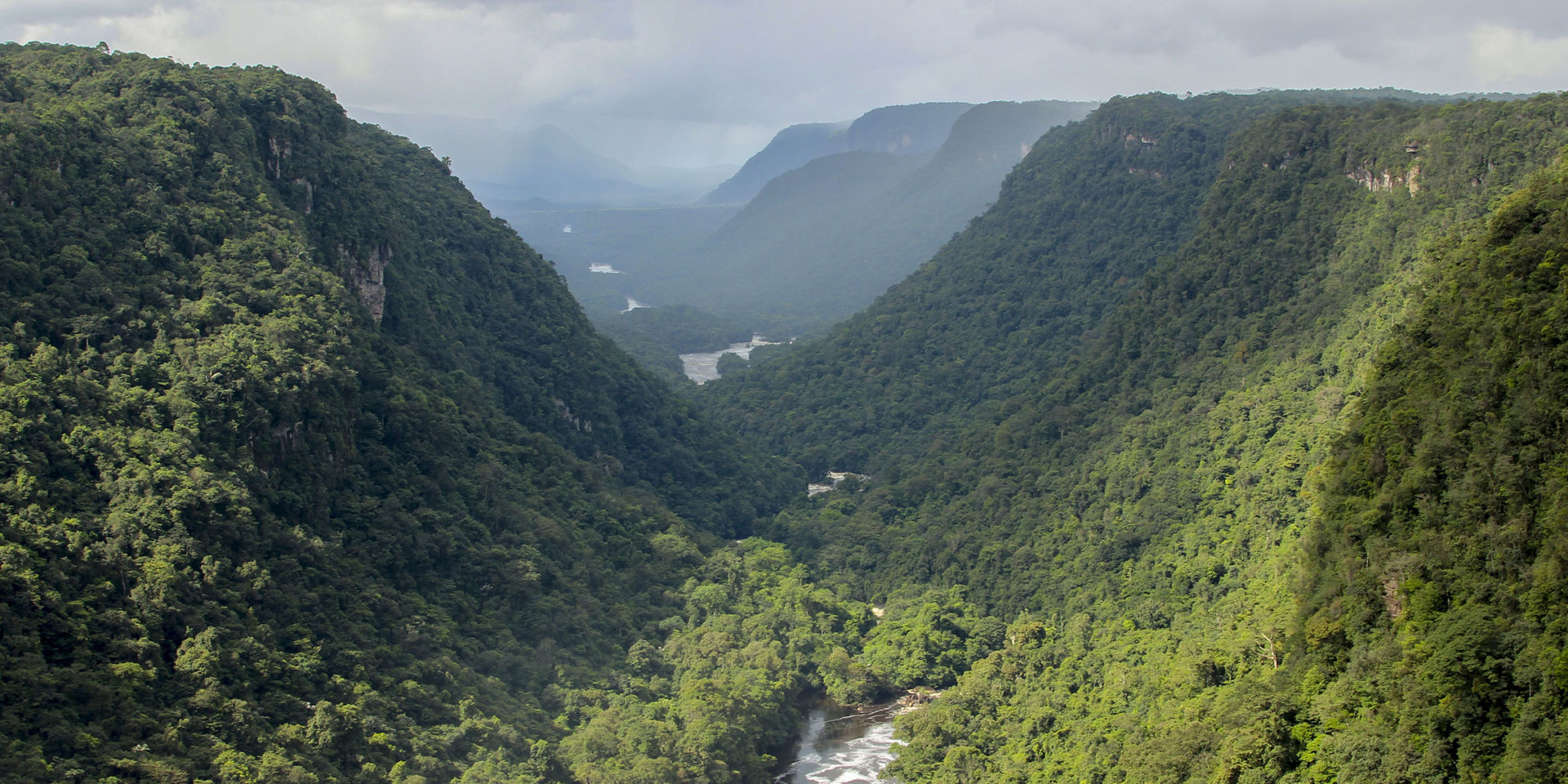In the move to generate as much revenue as it can to adapt to the changing climate and mitigate against its effects, Guyana plans to gain as much value as possible from the sale of its forest carbon credits.
Getting more revenue from this initiative means Guyana will need to enhance the quality of its carbon credits. One of the ways it plans to do this is through the establishment of a national carbon registry. This will be done in the second phase of Guyana’s integration into the carbon market.
The carbon registry will come into play, post 2025. It will be integrated with international carbon markets and with any future REDD+ (reduce emissions from deforestation and forest degradation) mechanism launched under the guidance of the United Nations Framework Convention on Climate Change (UNFCCC). It will be underpinned by domestic regulation and/or legislation necessary for market integration and UNFCCC compliance.
The first phase of Guyana’s carbon market integration, already in play, involves the independent verification of the superb quality of Guyana’s credits. In this regard, the Architecture for REDD+ Transactions (ART) is currently working to verify Guyana’s credits, Vice President Dr. Bharrat Jagdeo had said in June.
Guyana has already received and is evaluating offers to buy its credits. It expects to act in this regard once the National Assembly ratifies its Low Carbon Development Strategy (LCDS) 2030 in the coming weeks.
Guyana keeps its deforestation rates 90% below the global average. It aims to regrow 200,000 hectares of forest. It conserves 18 million hectares of forest, that store over 19 gigatonnes of carbon dioxide and remove 154 million tonnes more every year from the earth’s atmosphere.
The government envisions the world using this as a model for a global forest carbon mechanism, utilising four modules. The country wants the mechanism to incentivise reducing deforestation, to incentivise restoring forests where deforestation has already taken place, to recognise the value of standing forests as they store carbon sequestered over hundreds of years, and to recognise their value as they remove carbon dioxide from the atmosphere.
In a partnership with Norway, Guyana has already managed to secure over US$200 million in revenues for conserving its standing forests.



